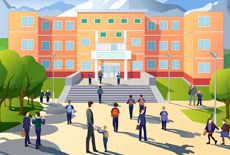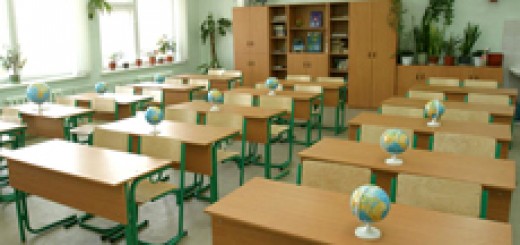 Schools in which institutional audits were conducted in 2021 were rated high in the areas of "educational institution management" and "pedagogical activity of teaching staff". However, schools have experienced difficulties in developing the educational environment and evaluating the results of student learning.
Schools in which institutional audits were conducted in 2021 were rated high in the areas of "educational institution management" and "pedagogical activity of teaching staff". However, schools have experienced difficulties in developing the educational environment and evaluating the results of student learning.
This is stated in the report of the head of the State Education Quality Service, Ruslan Gurak, for 2021.
In total, last year the State Education Quality Service conducted 290 institutional audits of schools of general secondary education institutions.
According to the results of institutional audits, positive trends have been identified in both rural and urban schools. It is, in particular, about the use of competence training technologies by teachers, the development and implementation of plans for measures to prevent bullying, the formation of an inclusive, developmental and motivating educational space, work on ensuring comfortable and safe conditions for learning and work.
Also, the State Service for Quality of Education attributes teachers' attention to planning their pedagogical activities, adapting the curriculum to the specifics of a particular class, and the use of digital technologies by teachers both to improve their qualifications and to teach students, among the positive trends.
At the same time, educational institutions have difficulties in organizing the educational environment, some of which must be solved by the founders.
Among the difficulties in the State Service, the fact that only about 10% teachers use information and communication technologies to master other key competences besides information is highlighted.
In half of educational institutions, formative assessment is used only in primary school. Almost half of the schools where students with special educational needs study do not have resource rooms, but at the same time, only a third of the available resource rooms are fully equipped.
In addition, the architectural accessibility of buildings and premises in branches of reference schools is worse than in other educational institutions. In 121 TP3T schools, the student contingent exceeds the project capacity. More than half of the schools, which almost do not implement competence training technologies, are educational institutions of I-II and I-III degrees in rural areas.





